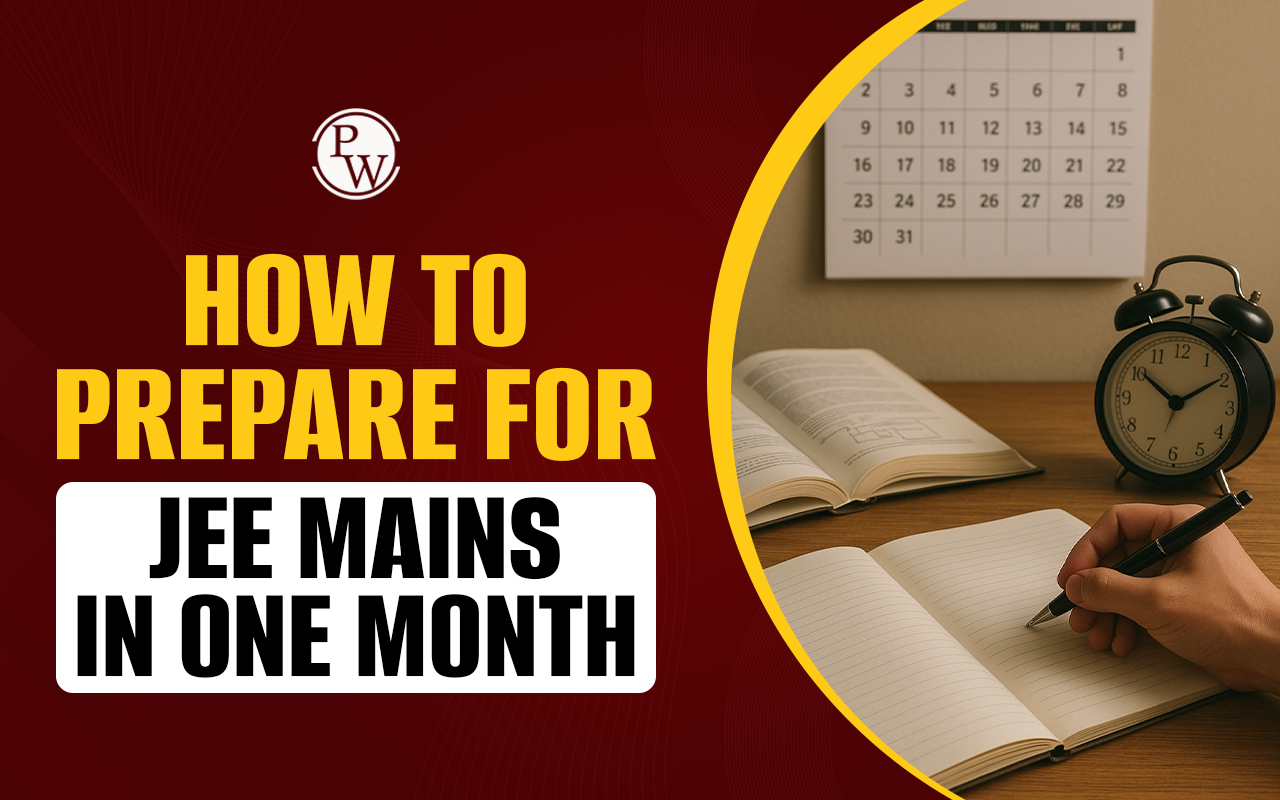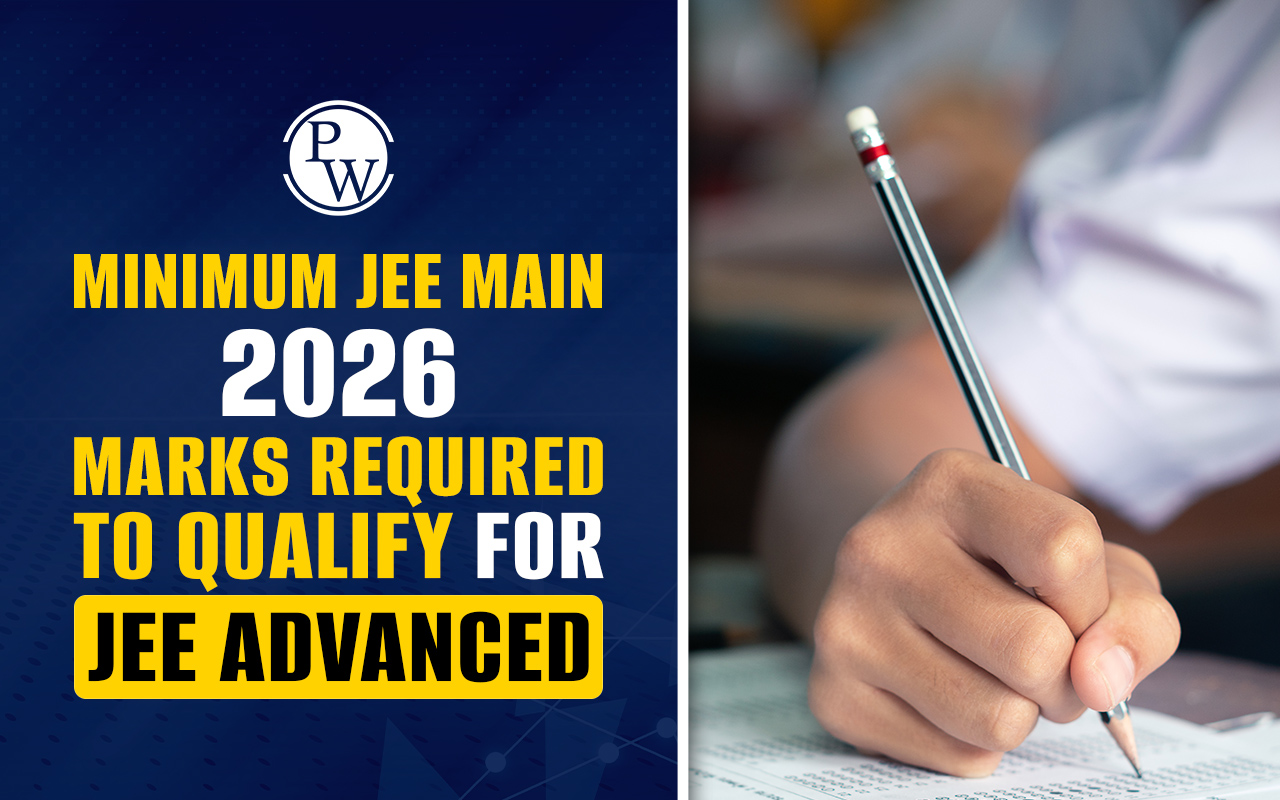
Relative Velocity In One Dimension : Have you ever thought why are you seeing a stationary train moving backward while the train you sit is moving forward? Have you ever thought why an electric post is moving backward when you sit in a moving bus? It is due to the relative motion which we are going to discuss here.
Rest Or Motion
- We can see a lot of objects around us. We can say that either those objects are at rest or in motion. If an object does not change its position with respect to time, we can say that the object is at rest. If the object changes its position with respect to time, it is said to be in motion.
- There are different types of motions. When an object is thrown or projected with some initial velocity in a plane, it is called projectile motion. If the object is projected horizontally with an initial velocity, it is called horizontal projectile motion while the object is projected at some angle with the horizontal, it is termed angular projection. When the object has a motion along the circular path, it is called circular motion. If an object travels in a straight line and all the particles of that object travel the same distance in the same interval of time, the object is said to be in translatory motion. When an object rotates around a fixed axis with the same radius of rotation, it is called rotatory motion.
- Determining whether an object is at rest or in motion depends on the state of the observer too. A box placed on a table in a room seems to be at rest. But, if we observe from a space station, the Earth seems to be moving. Thus, the room, the table, and the box seem to be moving.
Frame Of Reference About Rest Or Motion
- Stating whether an object is at rest or in motion is meaningless without an observer. That means, there is no such thing as absolute rest or in absolute motion. The Sun is moving with respect to a man on earth and the man on earth is moving with respect to the Sun.
- Another example is a man sitting on a moving train who sees a woman sitting on a platform moving away from him. But, for a child sitting on the opposite platform observe the woman as at rest.
Relative Motion In One Dimension
- There are two possible cases of relative motion in one-dimensional motion as the movement is in a straight line. One is when the objects are moving in the same direction and the other is in the opposite direction.
- If you are sitting in a car along with your friend, for you, your friend is in rest. But, for a person standing on the roadside, your friend is in motion.
- In most common cases we use the earth frame of reference to say an object is in rest or motion.
Relative Velocity In One Dimension
- The relative velocity of object A with respect to object B is the rate of change of position of object A with respect to object B .
- If V A and V B are the velocities of objects A and B with respect to the ground, then
- The relative velocity of A with respect to B is V AB = V A – V B
- The relative velocity of B with respect to A is V BA = V B – V A
Case 1: If A and B move in the same direction and V A > V B , V BA will be opposite to V A .
Case 2: If A and B move in the same direction and V A < V B , V BA will be in the same direction of V A and V B .
Case 3: If A and B move in the opposite direction and V A > V B , V BA will be opposite to V A .
Case 4: If A and B move in the opposite direction and V A < V B , V BA will be opposite to V A .
The displacement-time graph of two objects with the same velocity will be parallel to each other.
Relative Velocity In One Dimension Examples
Q.1: A bus begins to move with an acceleration of 1 ms –2 . A man who is 48 m behind the bus starts running at 10 ms –1 to catch the bus. The man will be able to catch the bus after:
Ans. : We are considering that the man will catch the bus after time t sec. Then, according to the second equation of motion
t 2 = 20 t + 90 = 0 t 2 – 20 t – 90 = 0
(
t
– 12) (
t
– 8) = 0
t = 8 sec. and t = 12 sec.
Minimum time will be considered.
Q.2: Two trains one 60 m long and other is 80 m long are travelling in opposite direction with velocity 10 m/s and 25 m/s. The time of crossing is:
Ans. : Total length of distance that has to be crosses = 60 + 80 = 140 m
Relative speed = 10 + 25 = 35 m/s
Time =
Q.3: Two trains are moving with equal speed in opposite directions along two parallel railway tracks. If the wind is blowing with speed u along the track so that the relative velocities of the trains with respect to the wind are in the ratio 1 : 2, then the speed of each train must be:
Ans. : Let the speed of each train of x
Relative velocities of trains are
Train 1, V r = x – u (wind is along the direction of track)
Train 2, V r = x + u (wind is in opposite direction)
According to the question
Relative Velocity In One Dimension FAQs
Q.1: How can we say that rest and motion are relative terms?
Q.2: State whether the following statement is true or false: “We can’t choose the frame of reference according to our convenience”.
Q.3: Describe an example of relative motion.










